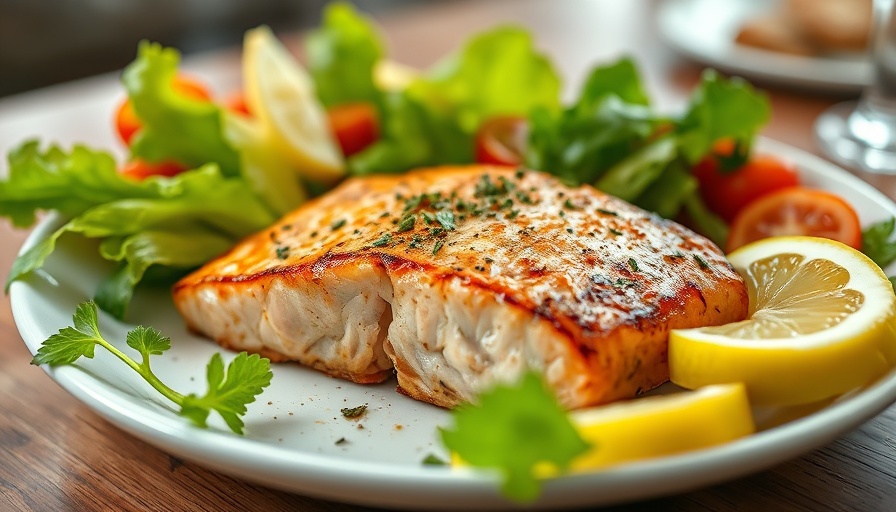
Branding Goes Extreme: Understanding Freeze Branding
In recent years, a new body modification trend has emerged that raises serious health concerns: freeze branding. Often likened to the traditional method of branding, this technique cools a branding iron with substances like dry ice, isopropyl alcohol, or liquid nitrogen before pressing it against the skin. Popularized in various media, including the show Yellowstone, this distinct form of marking is becoming a startling reality for some individuals wanting a permanent mark on their bodies.
The Science Behind Freeze Branding and the Risks Involved
Originally developed by Dr. R. Keith Farrell at Washington State University during the 1960s, freeze branding was designed to provide an alternative to hot branding for livestock. Using ultra-cold temperatures to kill skin cells and prevent melanin production results in a stark white scar against the skin. However, the application of this method to human skin is fraught with danger, primarily because human skin is significantly thinner than that of livestock.
When brands are applied, temperatures can drop to such extremes that they induce severe cold burns within seconds—sometimes within just 20 seconds of exposure. This thermal injury can lead to complications like infection, frostbite, or damage to underlying tissues including muscles and tendons.
Potential Health Consequences of Freeze Branding
The aftermath of freeze branding can involve not just aesthetic concerns but serious medical implications as well. Deep tissue burns can create alarming long-term problems such as contractures, which is a medical term for muscles or tendons permanently tightening. This not only affects mobility but can necessitate physical therapy or even surgeries to correct.
Moreover, the risk of dehydration can skyrocket due to the burn's impact on the skin's protective barriers. As the body attempts to heal, it can lose significant fluid, a life-threatening situation that requires immediate medical attention.
Social Implications: The Culture Behind Body Modification
Why are individuals resorting to such extreme forms of body modification? For many, it is about self-expression, tribal symbolism, or creating a unique identity. Much like tattoos, body branding signifies commitment—to a lifestyle, a community, or an aesthetic. However, the allure comes with the responsibility of understanding the risks involved.
Cultural fascination with body modifications places immense pressure on individuals, potentially leading them to overlook the serious consequences. Health and wellness communities are raising alerts, advocating for informed discussions that emphasize safety over trendiness.
Seeking Alternatives: Emphasizing Health and Wellness
As this trend gains traction, alternative practices in health and wellness often offer safer methods for personal expression. Utilizing approaches grounded in lifestyle medicine and naturopathic principles, individuals can explore their identity in ways that minimize harm. These practices, which focus on holistic treatment and well-being, advocate for self-improvement through education and lifestyle modifications rather than body modification.
In communities like San Antonio, there is a thriving culture of wellness events and support groups focusing on health and longevity. Prioritizing health can lead to more fulfilling expressions of identity without the risks associated with severe body modifications like freeze branding.
Final Thoughts: Empowering Informed Choices
The rise of freeze branding emphasizes the need for awareness and education around body modification techniques. As with any trend, it is vital to weigh the perceived aesthetic appeal against health risks. Exploring natural methods and alternatives can provide effective ways to express individuality without the dangerous repercussions associated with extreme modifications.
Your health should always come first. Before making any decisions around body modification, consider various perspectives and seek out informed discussions about all options available. Stay connected with local health and wellness centers that prioritize safety, encourage self-awareness, and promote optimal health and wellness.
 Add Row
Add Row  Add
Add 




 Add Row
Add Row  Add
Add 


Write A Comment